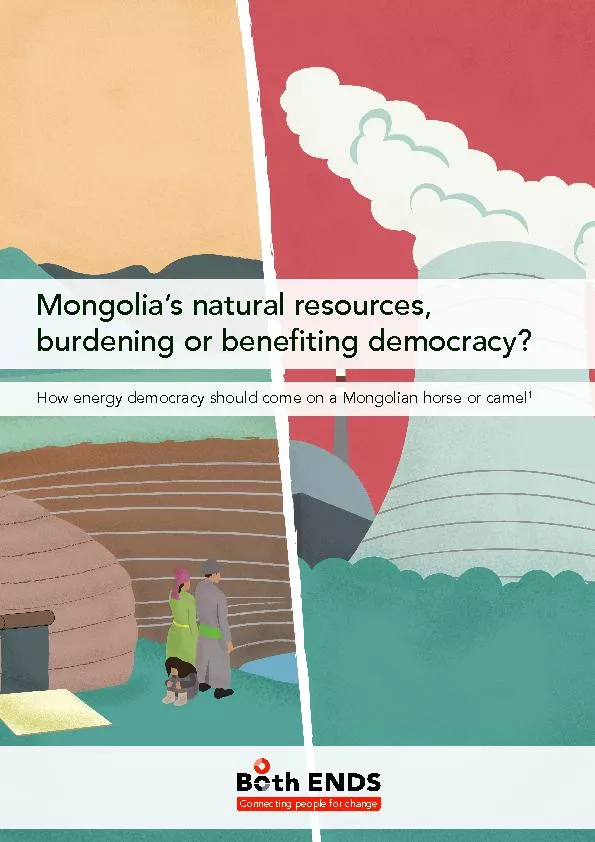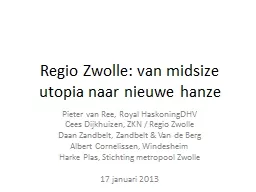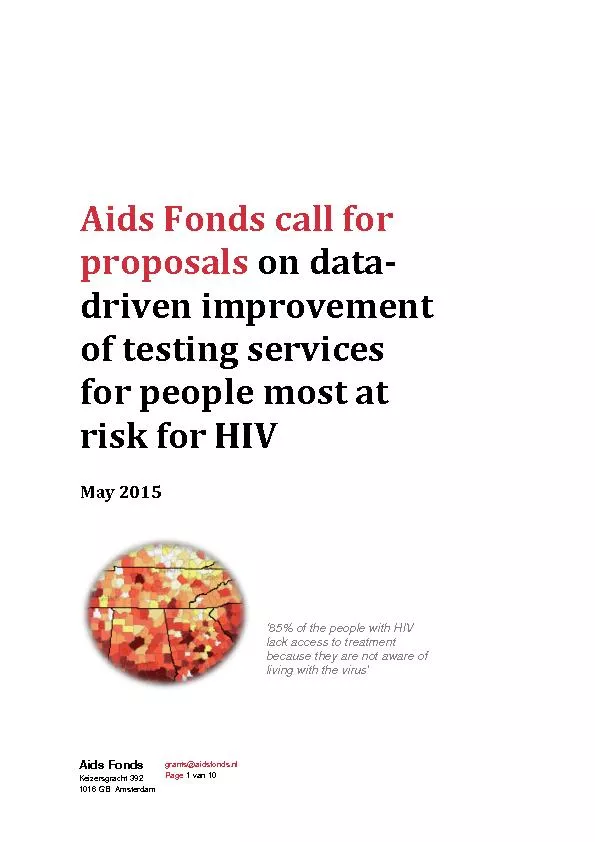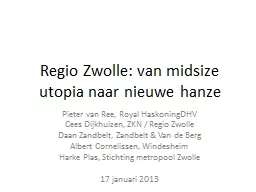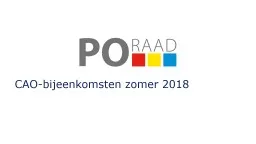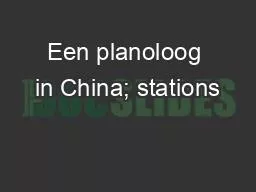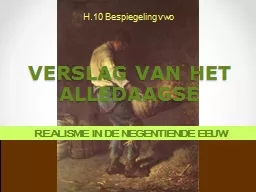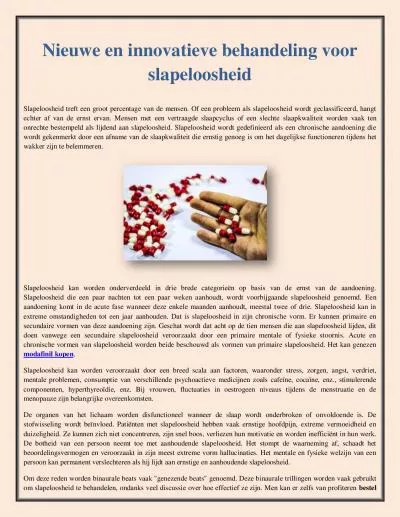PDF-Nieuwe Keizersgracht 45
Author : debby-jeon | Published Date : 2016-10-23
Both ENDS 1018 VC Amsterdam The Netherlands Telephone 31 20 530 66 00 Email infobothendsorg Website wwwbothendsorg Disclaimer This report has been produced with
Presentation Embed Code
Download Presentation
Download Presentation The PPT/PDF document "Nieuwe Keizersgracht 45" is the property of its rightful owner. Permission is granted to download and print the materials on this website for personal, non-commercial use only, and to display it on your personal computer provided you do not modify the materials and that you retain all copyright notices contained in the materials. By downloading content from our website, you accept the terms of this agreement.
Nieuwe Keizersgracht 45: Transcript
Download Rules Of Document
"Nieuwe Keizersgracht 45"The content belongs to its owner. You may download and print it for personal use, without modification, and keep all copyright notices. By downloading, you agree to these terms.
Related Documents

